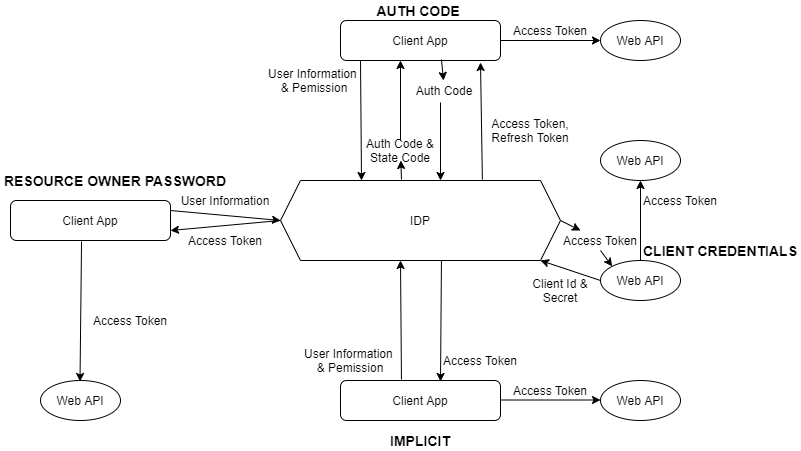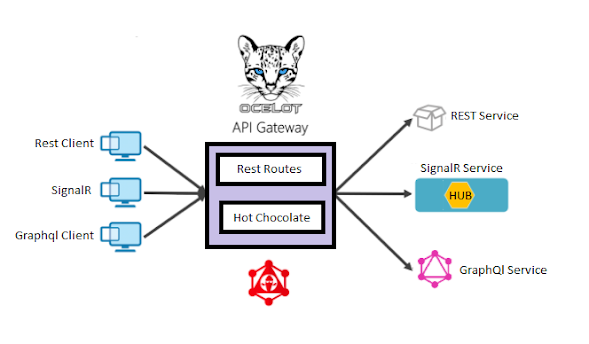Dapper Micro ORM (Connection Management)

Dapper is a micro-ORM or a Data Mapper. It internally uses ADO.NET. Additionally, Dapper maps the ADO.NET data structures to your custom POCO classes. As this is additional work Dapper does, in theory, it cannot be faster than ADO.NET. It's Prevent SQL Injection from external user input by avoiding raw-SQL query string building. Dapper provides methods to build parameterized queries as well as passing sanitized parameters to stored procedures. Dapper has provided multiple methods to Query or execute the store procedures and SQL queries. At the High level, we can split into two categories as Query and Execute. Query: Its mainly used to fetch the data from the database. It has the following feature. To query the data in sync or async way To fetch single or multiple records. To query single or multiple result sets also. Execute: It's mainly used to manipulate data in the database. We can pass store procedures or SQL statements as input to execute them into the database. It ...



